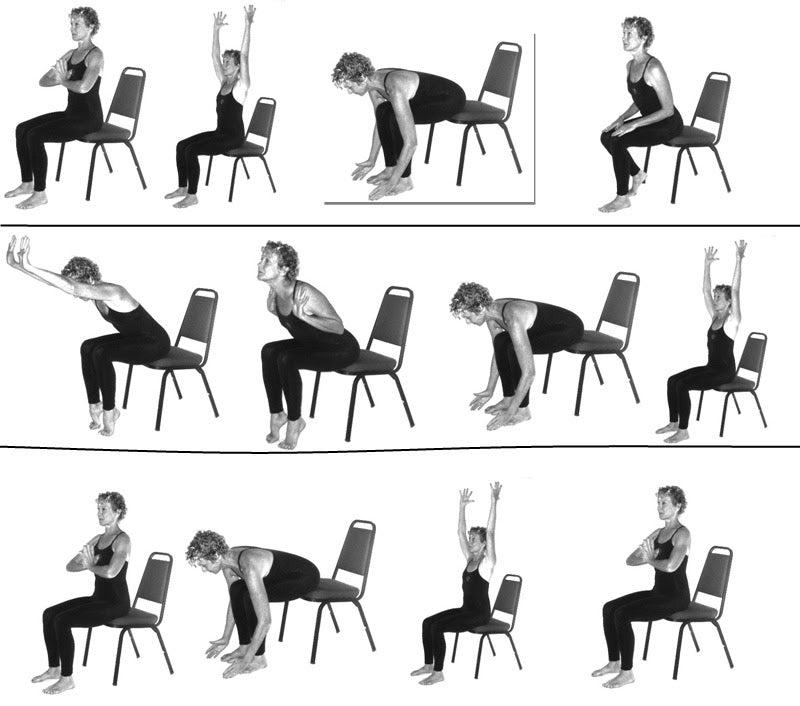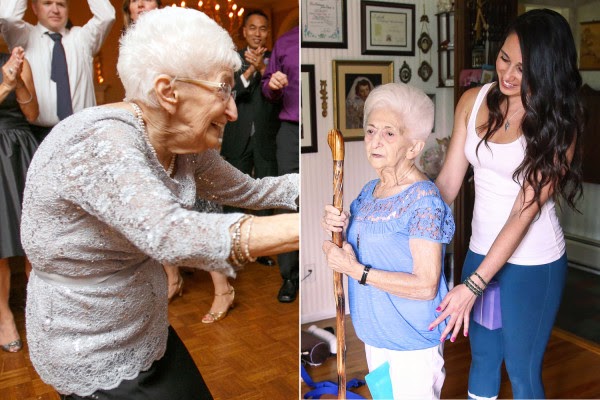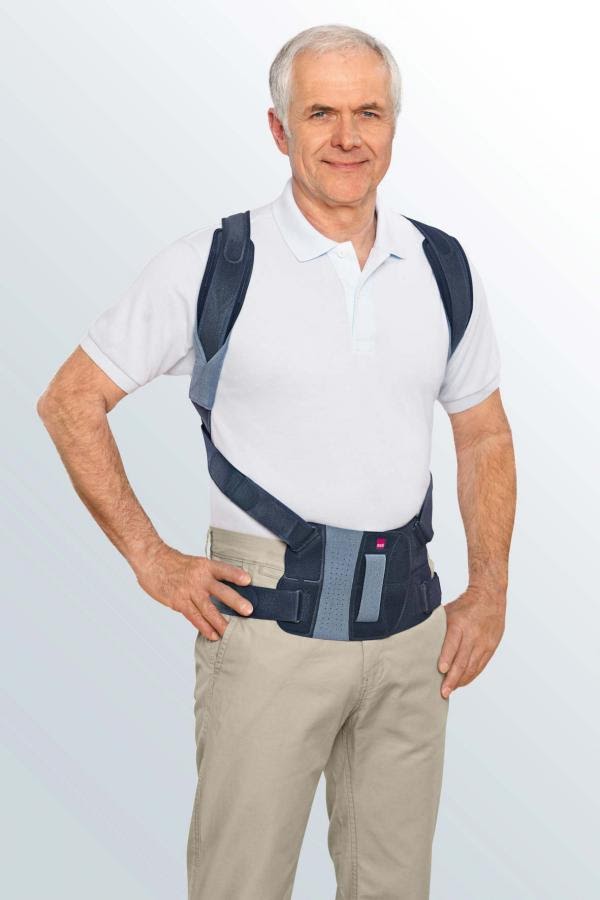Why Your Posture Matters – and How to Improve It!
You probably heard it a thousand times as a kid – and told your own children – but you shouldn’t slouch!
When it comes to posture, most of our thoughts go toward how it looks. But posture is more than trying to look good.
Your health, especially in your old age, is affected greatly by your sitting and standing posture.
That’s why we want to take a moment and teach you everything you need to know about your posture and how you can improve it.
First off, let’s look at why bad posture matters and what it can do to your health even now.
Why Bad Posture Matters
According to the American Posture Institute, poor posture is a leading cause of falls among the elderly. If that’s not bad enough, the Center for Disease Control (CDC) says falling is one of the leading causes of deaths for people over 65.
So, unfortunately, bad posture is more serious than you may think.
But falling isn’t the only hidden danger. Research has shown that poor posture brings a host of issues no matter what your age.
These issues include:
Pain in your back, shoulders, or neck
Feeling more tired, even after a night’s rest
Inability to fall asleep or stay asleep
Poor self-image
Less appealing appearance
And that’s just the start. The difference between good and bad posture is instantly noticeable and will go a long way in helping you make the most of your day.

If that’s not bad enough, poor posture can also increase inflammation in your circulatory system – which means it puts extra stress on your heart and veins.
Plus, studies estimate that as much as $7 billion is spent each year on medical care due to poor posture.
So what does all of this mean?
It means that correcting posture will help you feel better, live a better life, and save money on medical costs.
Bad posture is something that you can fixed. Maybe not quite to 100%, but enough to make you feel better and get more quality activity and rest.
But now for the million-dollar question:
How Do You Improve Elderly Posture?
Now that you know the dangers of poor posture, it’s time to look at how you can improve yours.
But it’s not always as simple as the old “don’t slouch” advice.
But even though it may take a bit more time, there are some great methods you can use to improve your posture and feel better. We’ll cover four of the best methods here, and you can try one or all of them!
Method #1: Exercise
The first method is one of the most tried and true ways to improve your posture: exercise!
Even though you’re getting older, you can still do simple, low-stress exercises that stretch and strengthen your back, neck, and shoulders.
One of the easiest and most popular methods is called chair yoga, and it’s exactly what it sounds like:

(Image Source)
You may think it looks silly, but the benefits speak for themselves. One 85-year-old woman was able to completely eliminate her hunchback with yoga, and her quality of life drastically improved.

(Image Source)
And this is just one potential exercise of many.
Your best course of action if you want to exercise is to consult with your doctor to build a plan that meets your needs. Whether it’s a simple slouch or a “permanent” hunchback, a medical professional and physical therapists can help you improve your posture and life.
Method #2: Better Sitting
One of the inescapable aspects of old age is that you just have less energy. No matter how much you eat, sleep, or exercise, there’s a limit to what you can do.
And unfortunately, for many that translates into more sitting and less activity – which can have a serious impact on your posture and health.
Thankfully, there are ways that you can help this even if you do have to sit more than you’d like. One of the best ways is to invest in a lift chair that helps you stay in the zero gravity position.

(Image Source)
This can alleviate the pressure on your joints and back, and comes with a wide variety of health benefits that you can’t ignore.
For instance, a good chair will reduce your back pain and make it easier to stay active with the rest of your life. Can you imagine your life with less back pain?
Don’t hesitate to invest in yourself with a good chair. You’ll thank yourself in a few months!
Method #3: Medical Care
Sometimes, bad posture is from something that’s completely out of your control.
For instance, a bad hip can knock your back out of alignment – and treating the source can help you recover your posture.
But there’s no way of knowing just where you stand without consulting your doctor – which is the third method that can help you improve your health.
The medical field is broad – and when it comes to your posture the first professional most consider is a chiropractor. While not everyone likes to get care from a chiropractor, but studies have shown that the right care can give you relief for a wide variety of ailments:

(Image Source)
At the end of the day, it’s worth exploring your options when it comes to medical care and finding the path forward that helps your back, neck, and shoulders feel better.
Method #4: Braces
The final method you can utilize to help you improve your posture in both the short- and long-term is to wear a brace.
As you can see, this can help give you the support you need in your back and shoulders to stand up straight and ensure good circulation throughout your body:

(Image Source)
But again, this is another area where you’ll need to talk to a medical professional. They’ll be able to x-ray your back and neck and provide guidance on which brace will work best for you (and there are hundreds to choose from!).
Conclusion
Bad posture may not seem serious at first, and you may imagine it’s just something that moms bother their children about.
But the reality is quite different.
Bad posture can and does affect your health in some very serious ways, and you’d do well to ensure that your posture stays good into your golden years.
To do that, find ways to exercise, invest in a good chair, and work with your doctor to find solutions that meet your needs. Even if it’s a brace – it’s better than back pain!
